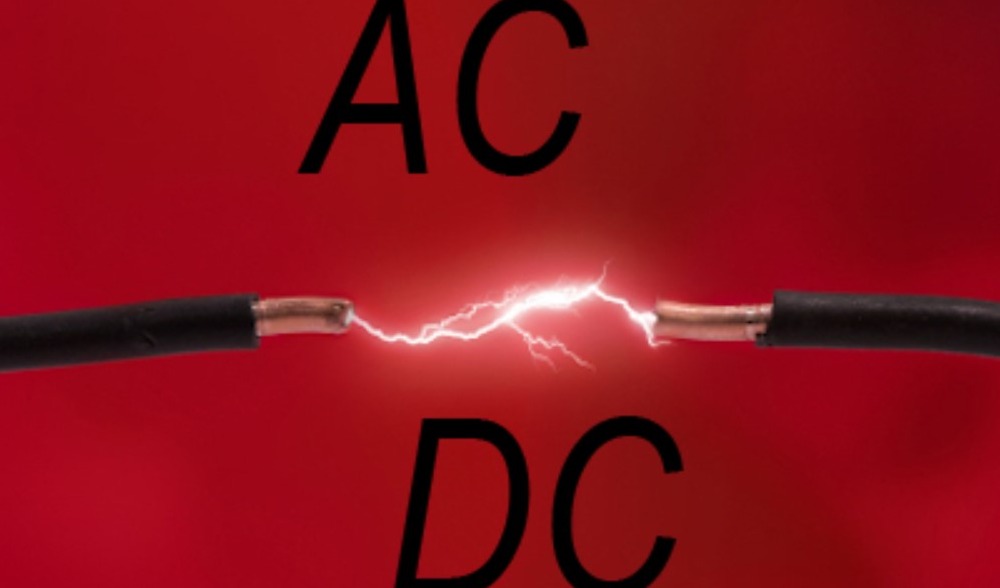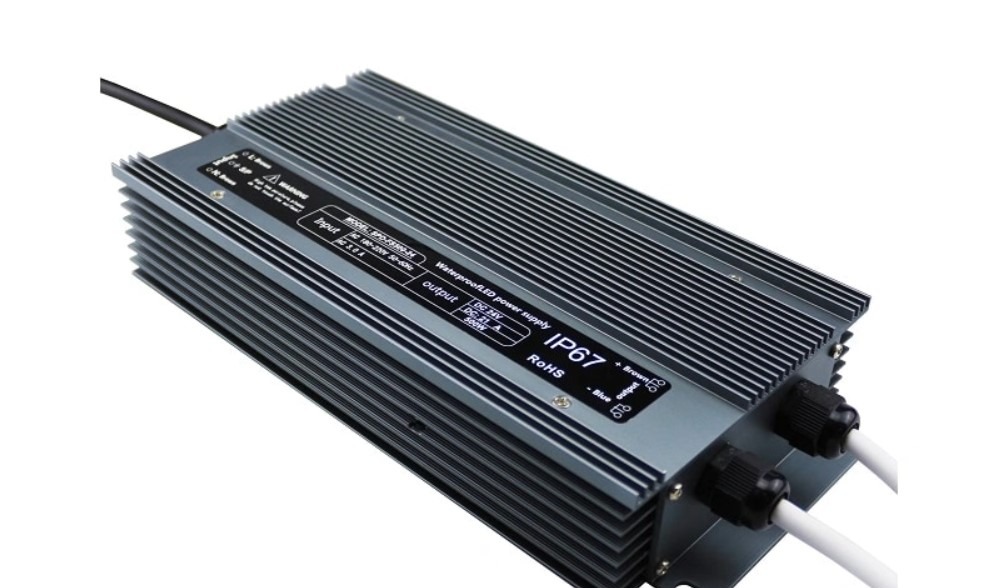Switching power supplies are a type of electronic power supply that switches quickly between input voltage sources to provide the output voltage required. This design allows for smaller, lighter, and more efficient power supplies than traditional linear power supplies. Switching power supplies can be found in a variety of electronics, from small gadgets to large industrial machines. In this blog post, we’ll take a closer look at how switching power supplies work and some of the benefits they offer. Stay tuned!
Understand Switching Power Supply
A power supply is a machine that converts the current from the power supply to the voltage required by the load, such as an electrical motor or an electronic device. A linear power supply, also known as a straight-through power supply, converts DC to AC and back. Switches are used in a switching power supply instead of transformers.

Linear: Transformers are used in linear power supply designs to reduce the input voltage. Then the voltage is rectified into DC voltage, after which it is filtered to improve its waveform quality. Linear regulators use linear regulators to maintain a constant output voltage. These linear regulators generate heat as they dissipate any extra energy.
Switching: Switching power supply design is a relatively new approach that was created to fix many of the issues associated with linear power supply design, such as transformer size and voltage regulation.
How Switching Power Supply Work?
The most efficient technique to convert AC power into DC power is to use a switching power supply. Three stages of energy conversion are involved: input rectification, power factor correction (PFC), and isolation. An electronic power supply that includes a switching regulator to convert electricity efficiently is known as a switching power supply (switch-mode power supply, switched power supply, SMPS, or switcher).
It has a switching regulator in it to regulate the conversion of electric energy effectively. A switching power supply, like other power supplies, converts voltage and current characteristics from a DC or AC source (often mains) to DC loads. A pass transistor in a switching supply goes through the following states: low-dissipation, full-on, and full-off. It spends little time in the high dissipation phases, which reduces energy waste. A switched-mode power supply should not dissipate any energy.
The output voltage is regulated by adjusting the proportion of on-to-off time. In contrast, a linear power supply regulates the output voltage by dissipating power in the pass transistor every moment. A switched-mode power supply’s superior power conversion efficiency is one of its major advantages.
Topology of Switching Power Supply
Four topologies are used in switching power supplies, including AC-DC converter, DC-DC converter, Fly-back Converter, and Forward Converter.
AC-DC converter: The input power is AC, while the output power is DC. We obtain a direct current supply as a result of this conversion from alternating current. To convert this alternating current to direct current, rectifiers and filters are used.
DC-DC converter: This power supply features a high voltage DC input.
Fly-back Converter: A flyback converter SMPS is a special type of SMPS that has an output power of less than 100W. The design of these SMPS is simple and straightforward when compared to other SMPS. This kind of SMPS is utilized for low-power applications.

Forward Converter: The anti-shock converter SMS is similar to this type of SMPS in design. For control, the switch is linked to the secondary winding output of the transformer in this SMPS.
Filtering and correction circuits in comparison to flyback converters are more difficult. These SMPS, also known as DC-DC buck converters, are utilized for transformer scaling and isolation as well.
Read this blog post to evaluate the performance of switching power supply.
Conclusion
A switching power supply is a device that converts AC voltage to DC voltage. It does this by first converting the AC input into a pulsing DC signal. This pulsing DC signal is then used to drive a switch, which in turn creates the output voltage. –
A switching power supply can be more efficient than a linear power supply because it doesn’t waste energy as heat. This makes them ideal for use in portable devices and other applications where size and weight are important factors.
We hope this blog post on how switching power supply work helped you out. If you want a switching power supply for your application, you can checkout various switching power supply here.
